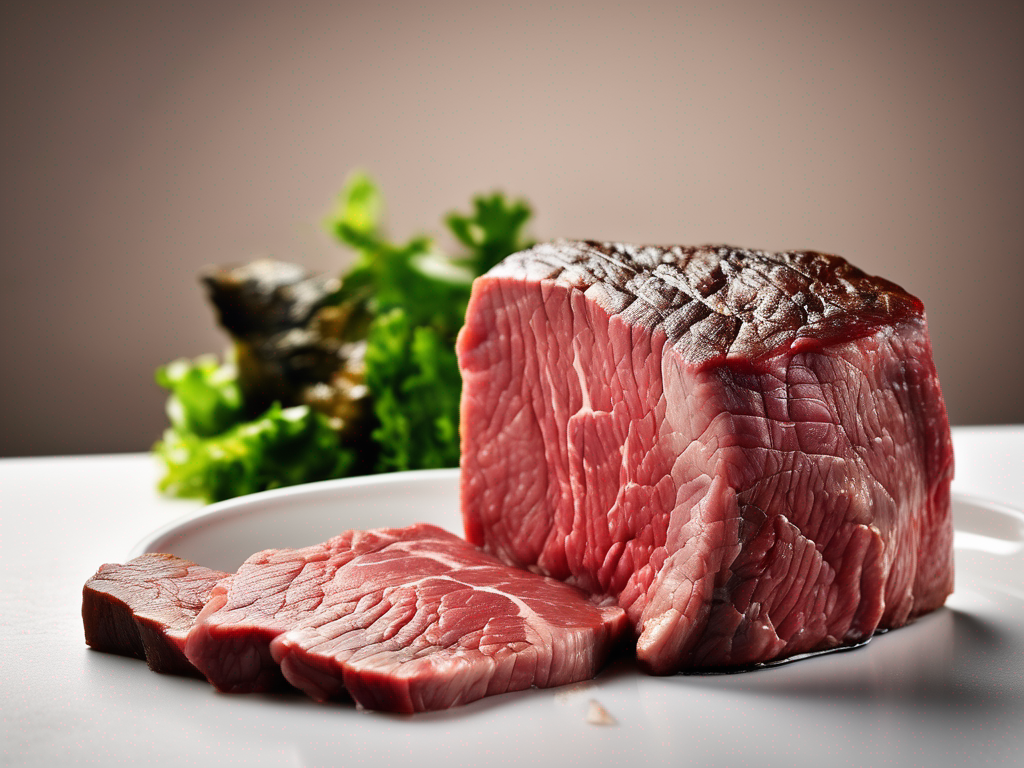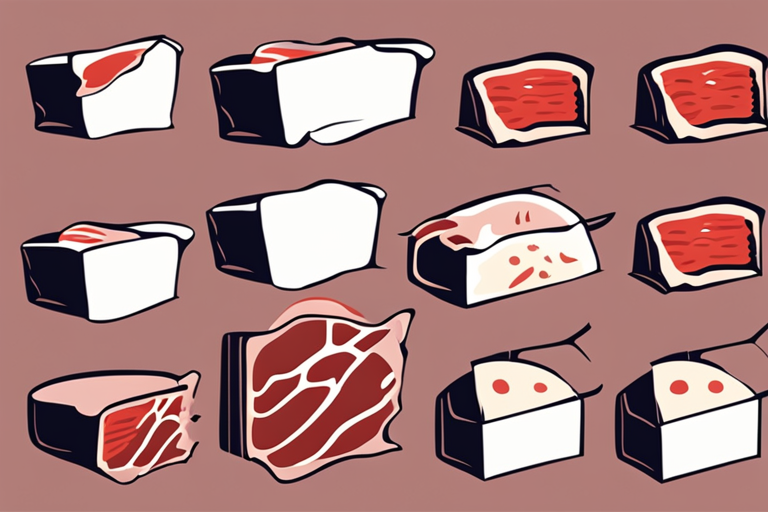
Is it Safe to Consume A5 Wagyu Beef Past Its Expiration Date?
Get Your Free Food Safety Cheat Sheet
30 most common foods with instant answers. Print it and stick it on your fridge—completely free!
Is it Safe to Consume A5 Wagyu Beef Past Its Expiration Date?
When it comes to indulging in the luxurious and highly sought-after A5 Wagyu beef, ensuring its safety for consumption is crucial. This blog post aims to address the common question: Can you safely consume A5 Wagyu beef past its expiration date? We will delve into the factors to consider, practical tips for storage, and safety information to help you enjoy this premium delicacy without compromising your health. (A5 wagyu beef)
Understanding A5 Wagyu Beef
A5 Wagyu beef is renowned for its exceptional marbling, tenderness, and rich flavor. Originating from Japan, this top-grade beef is graded based on its yield grade (A to C) and meat quality grade (1 to 5), with A5 being the highest possible grade. The intricate marbling of fat within the meat contributes to its unparalleled taste and texture, making it a favorite among food enthusiasts and chefs worldwide.
Factors to Consider
When assessing whether it is safe to consume A5 Wagyu beef past its expiration date, several factors come into play:
Expiration Date vs. Best By Date
- The expiration date indicates the last day a product should be consumed for safety reasons.
- The best by date, on the other hand, suggests the period during which the product is at its peak quality but may still be safe to consume beyond that date.
Storage Conditions
- Proper storage is essential to maintain the quality and safety of A5 Wagyu beef.
- Ensure the beef is kept at a constant temperature of 32°F to 36°F (0°C to 2°C) in the refrigerator.
Packaging Integrity
- Check the packaging for any signs of damage, leaks, or abnormal odors, which could indicate spoilage.
Practical Tips for Storage
To maximize the shelf life and quality of your A5 Wagyu beef, follow these practical tips for storage:
Refrigeration
- Store the A5 Wagyu beef in its original vacuum-sealed packaging or rewrap it tightly in plastic wrap to prevent air exposure.
- Place the beef on the bottom shelf of the refrigerator to avoid cross-contamination with other foods.
Freezing
- If you are unable to consume the beef before the expiration date, consider freezing it.
- Wrap the beef in freezer-safe packaging to protect it from freezer burn.
Thawing
- Thaw frozen A5 Wagyu beef in the refrigerator overnight to maintain its quality.
- Avoid thawing the beef at room temperature to prevent bacterial growth.
Safety Information
Ensuring the safety of A5 Wagyu beef extends beyond the expiration date. Follow these safety guidelines to minimize the risk of foodborne illnesses:
Cooking Temperature
- Cook A5 Wagyu beef to a minimum internal temperature of 145°F (63°C) to eliminate harmful bacteria.
Cross-Contamination
- Practice proper food handling techniques to prevent cross-contamination between raw A5 Wagyu beef and other foods.
- Clean and sanitize all surfaces, utensils, and hands after handling raw beef.
Signs of Spoilage
- Discard A5 Wagyu beef if you notice any unusual discoloration, off smells, or slimy texture, as these are indicators of spoilage.
Conclusion
In conclusion, consuming A5 Wagyu beef past its expiration date can be safe if certain factors are considered. By understanding the grading system, proper storage techniques, and safety guidelines, you can savor the exquisite flavors of A5 Wagyu beef without compromising your well-being. Remember to prioritize food safety, adhere to storage recommendations, and use your best judgment when assessing the quality of the beef. Enjoy this culinary delicacy responsibly and savor every decadent bite.
For more information on A5 Wagyu beef, visit [a5 wagyu beef](/food/a5 wagyu beef). (A5 wagyu beef)

Authoritative Food Safety References
These agencies and university labs inform every tip and health precaution we publish.
USDA FoodKeeper – Cold Storage Guidelines
Official refrigerator, freezer, and pantry timelines maintained by the U.S. Department of Agriculture.
Visit USDA FoodKeeperFDA Produce Safety Rule & Grower Guidance
Field-to-fridge handling practices that prevent contamination of fruits, vegetables, and leafy greens.
Visit FDA Produce SafetyCDC Foodborne Illness Prevention Hub
Surveillance-backed guidance on pathogens, symptoms, and steps to reduce foodborne illness risk.
Visit CDC Food SafetyUC Davis Postharvest Technology Center
University research detailing optimal storage atmospheres for produce after harvest.
Visit UC Davis PostharvestPenn State Extension – Home Food Preservation & Safety
Peer-reviewed extension bulletins on safe canning, chilling, and reheating practices.
Visit Penn State ExtensionCan I eat A5 Wagyu beef after the expiration date?
How can I tell if A5 Wagyu beef has gone bad?
Is it safe to freeze A5 Wagyu beef to extend its shelf life?
How long can I store A5 Wagyu beef in the refrigerator?
Can I reheat leftover A5 Wagyu beef?
Get Your Free Food Safety Cheat Sheet
30 most common foods with instant answers. Print it and stick it on your fridge—completely free! Want more? Upgrade to the complete guide with 70+ foods.
Scan your food directly and get instant safety info using our AI-powered camera feature.